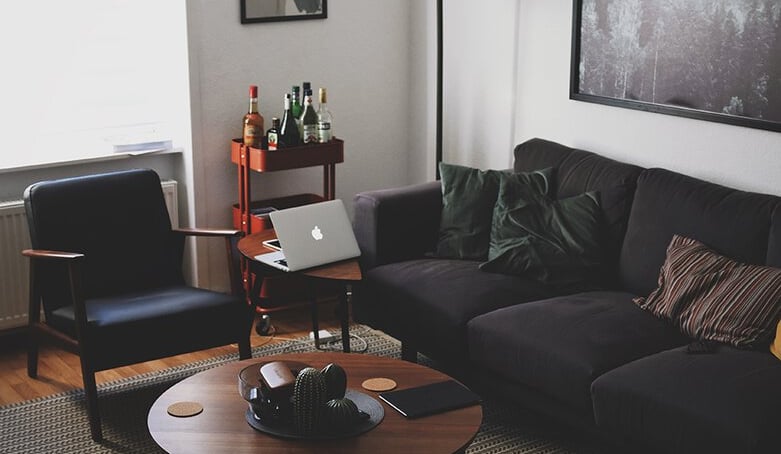Why Crate Training Your Puppy Matters: Best Crates for Happy Dogs
Discover why crate training is key to raising a calm, confident puppy. Learn how it cuts anxiety, speeds housebreaking, and prevents chaos—plus, find the best crates to start today.
3/22/20253 min read
Why Crate Training Your Puppy Matters: The Smart Way to Happy, Confident Dogs
Why Crate Training Works – A Natural Fit for Dogs
Dogs aren’t just pets - they’re descendants of wolves who thrived in dens: small, secure spaces for rest and safety. Even today, that instinct lingers. Your dog doesn’t need a forest, but they do crave a spot to feel protected.
Crate training taps into this. A crate or puppy playpen becomes their modern den—a safe haven that blends comfort with structure. It’s not confinement; it’s a tool to unlock calm and confidence for both you and your pup.
Take Sarah and her golden retriever, Max. She dreamed of a playful, cuddly companion—not chewed shoes and anxious barking. Her vet’s advice? Crate training. It transformed Max from a stressed pup into a relaxed, happy dog.
At Pet Proven Tips, we see crate training as more than behavior management. It’s about giving your dog security and routine while equipping you with peace of mind.


How Crate Training Powers Up Daily Life
Cuts Anxiety Fast
Thunderstorms or loud guests can turn your dog into a nervous wreck. A crate changes that. The American Kennel Club (AKC) notes that crates act as a calming retreat, reducing stress during chaos. Max now ducks into his crate when the doorbell rings—no trembling, just chill.
Stops Destruction
Unsupervised pups chew everything—cords, couches, you name it. A crate sets safe boundaries when you’re not around. It’s like toddler-proofing but for your furry friend.
Masters Housebreaking
Puppies and messes go hand in hand—unless you crate train. The Humane World for Animals organization (formerly known as the Humane Society) explains that dogs avoid soiling their sleep space. A right-sized crate teaches bladder control fast. Max? From five accidents a day to none in two weeks flat.
Simplifies Travel
Vet trips, vacations, or boarding - crate-trained dogs handle it better. American Veterinary Medical Association (AVMA) states that carte trained dogs show less signs of travel anxiety. Plus, airlines and shelters often require it.
Builds Healthy Sleep Habits
Puppies thrive on structure. A crate helps establish bedtime routines and supports deeper, more consistent sleep. Dogs quickly learn that nighttime is for rest not roaming.
Balances Multi-Pet Homes
If you have multiple pets, a crate can offer structure and peace. Feeding time? Separation prevents food aggression. Need space from a high-energy puppy? A playpen gives your older dog a break.
Crates create personal zones that reduce tension and support healthy interactions between animals. No fighting over territory—just clear, consistent boundaries.
Saves Lives in Emergencies
Hurricanes, wildfires, evacuations - emergencies happen. Crate-trained dogs are easier to evacuate and shelter safely. According to the ASPCA, emergency shelters often require pets to be crated for safety. Dogs used to being crated experience less trauma and are easier to care for during crisis events.
What You Need – Picking and Using the Perfect Crate
Sizing and Style
Your dog should stand, turn, and lie down easily - but too big, and they’ll potty in one corner. Adjustable dividers are gold for growing pups. Wire crates breathe well, plastic ones feel cozier, and soft-sided work for travel (not training!).
Crate Setup Tips
Add a soft, washable mat
Include a chew-safe toy or calming treat
Keep water available for extended use
Never use the crate as punishment
Tips for Crate Training Success
Start slowly. Let your dog explore the crate freely before closing the door.
Use meals as motivation - feed your dog inside the crate.
Gradually increase crate time with you nearby before leaving them alone.
Patience is everything. According to the Association of Professional Dog Trainers (APDT), crate training typically takes a few days to a few weeks, depending on the dog’s age, temperament, and history.
Final Thoughts – Crate Training Is a Gift, Not a Restriction
If you want a better relationship with your dog, start with structure. Give them a place to feel safe. Give yourself peace of mind. Crate training isn’t harsh—it’s a form of love.
Ready to start crate training the right way? Check out our top-rated crates and playpens here and give your dog the structure they deserve.
Check us on social media
© 2025. All rights reserved.
